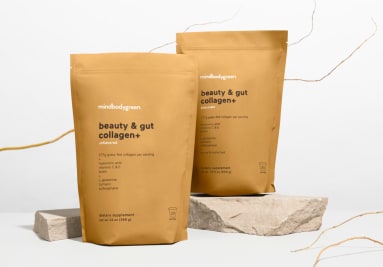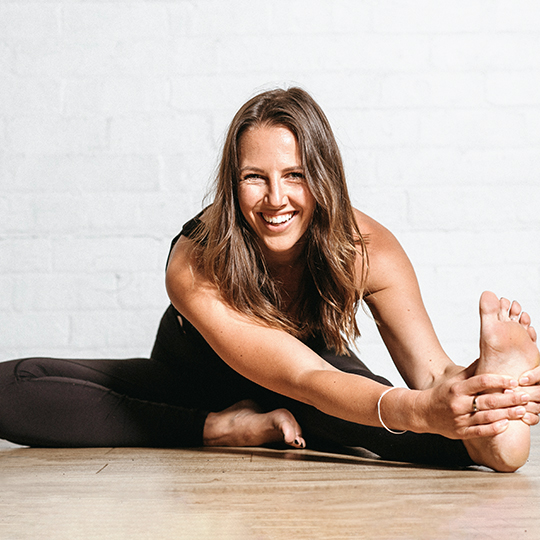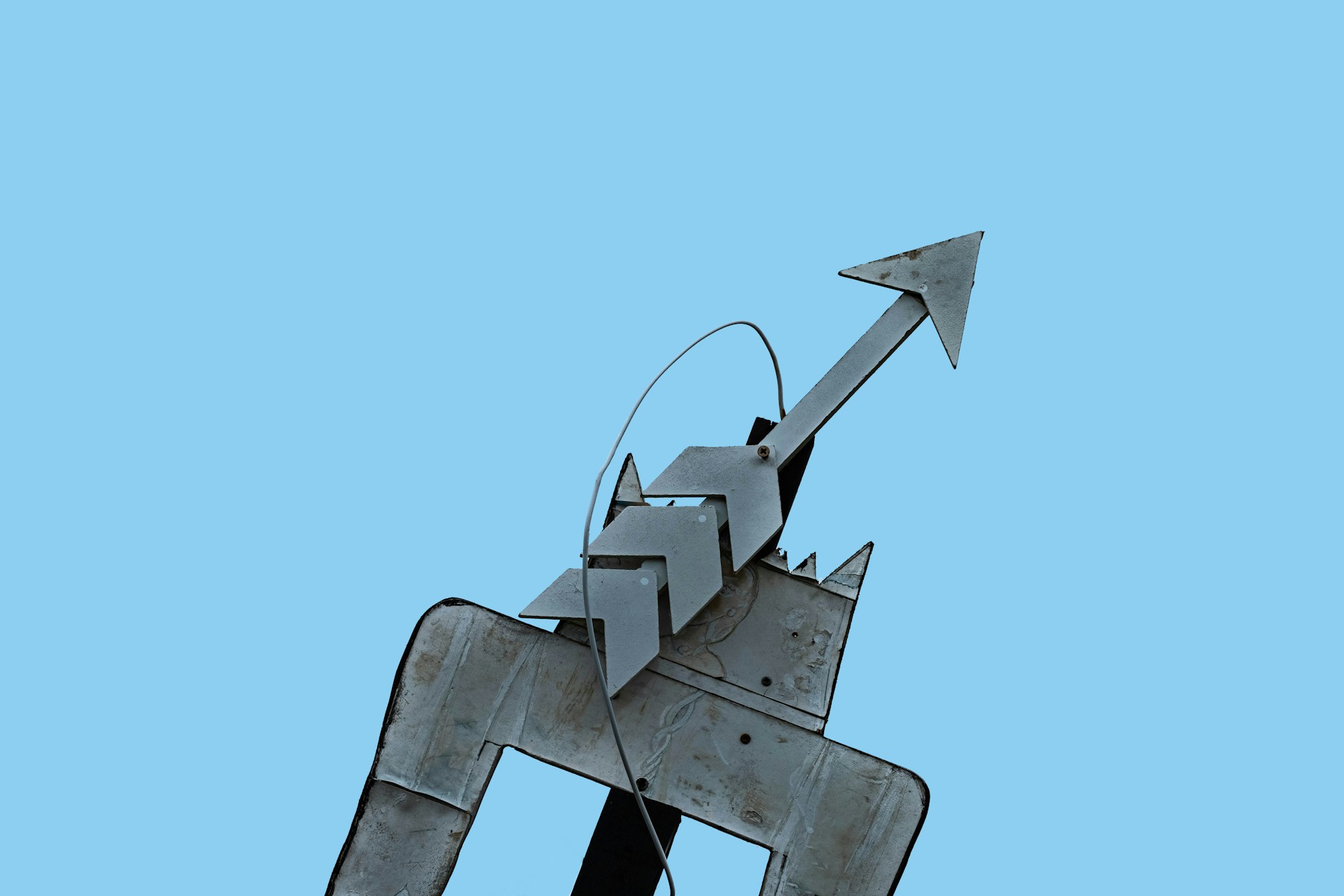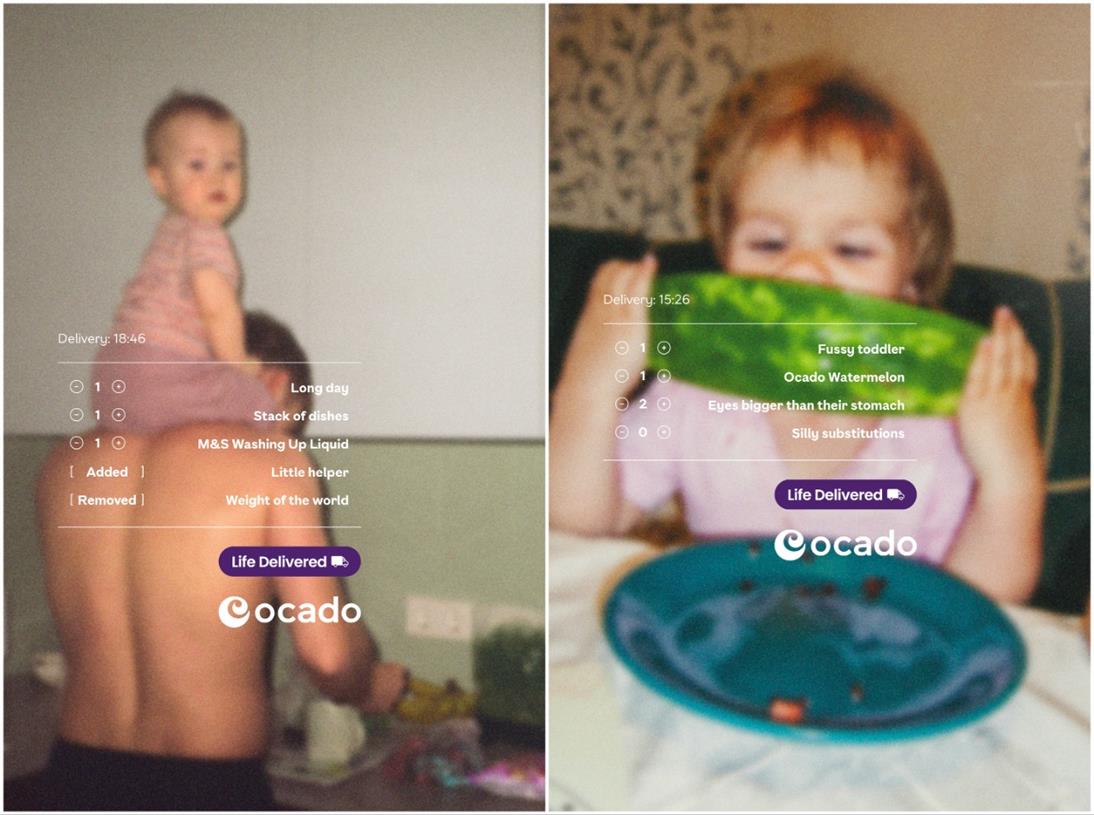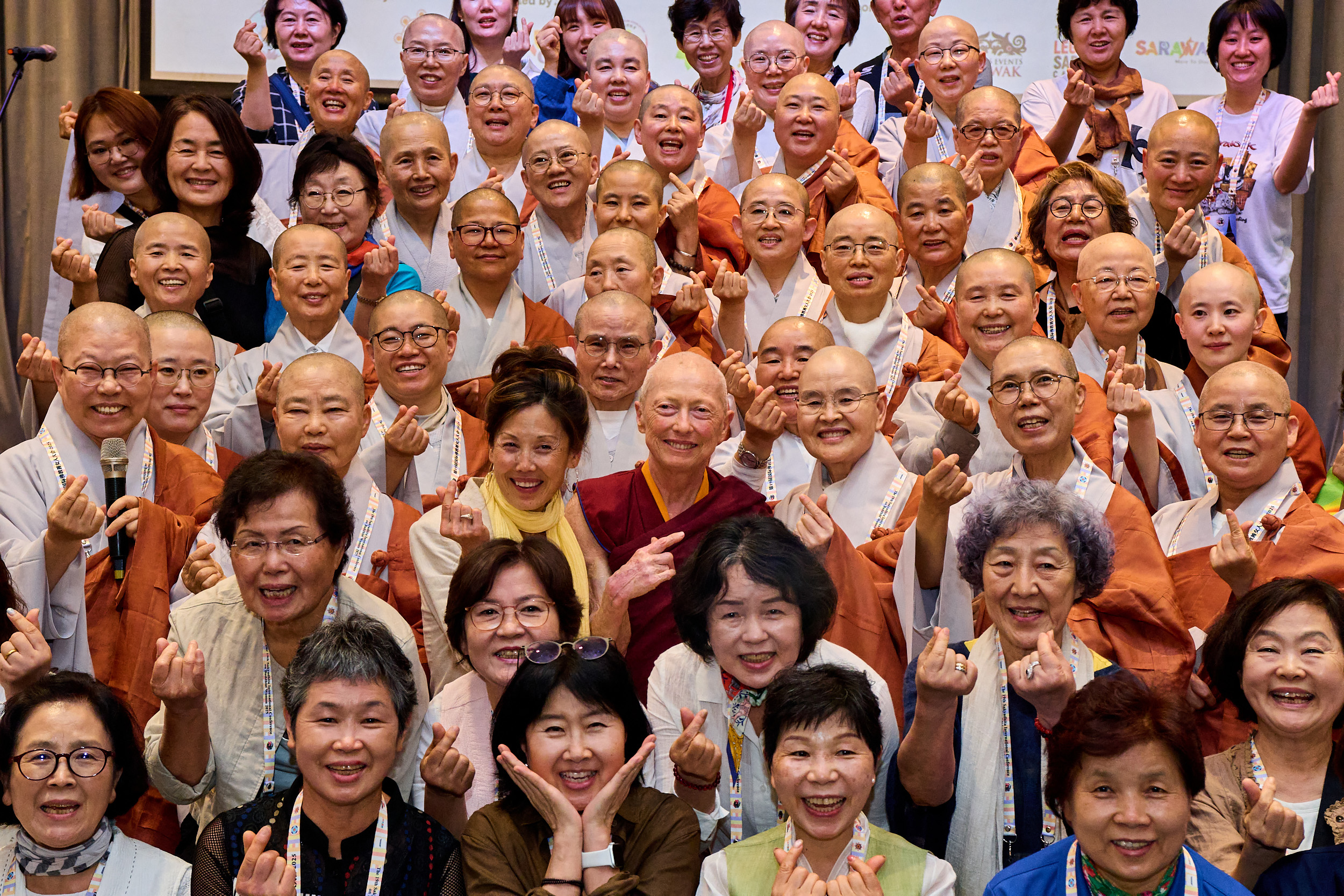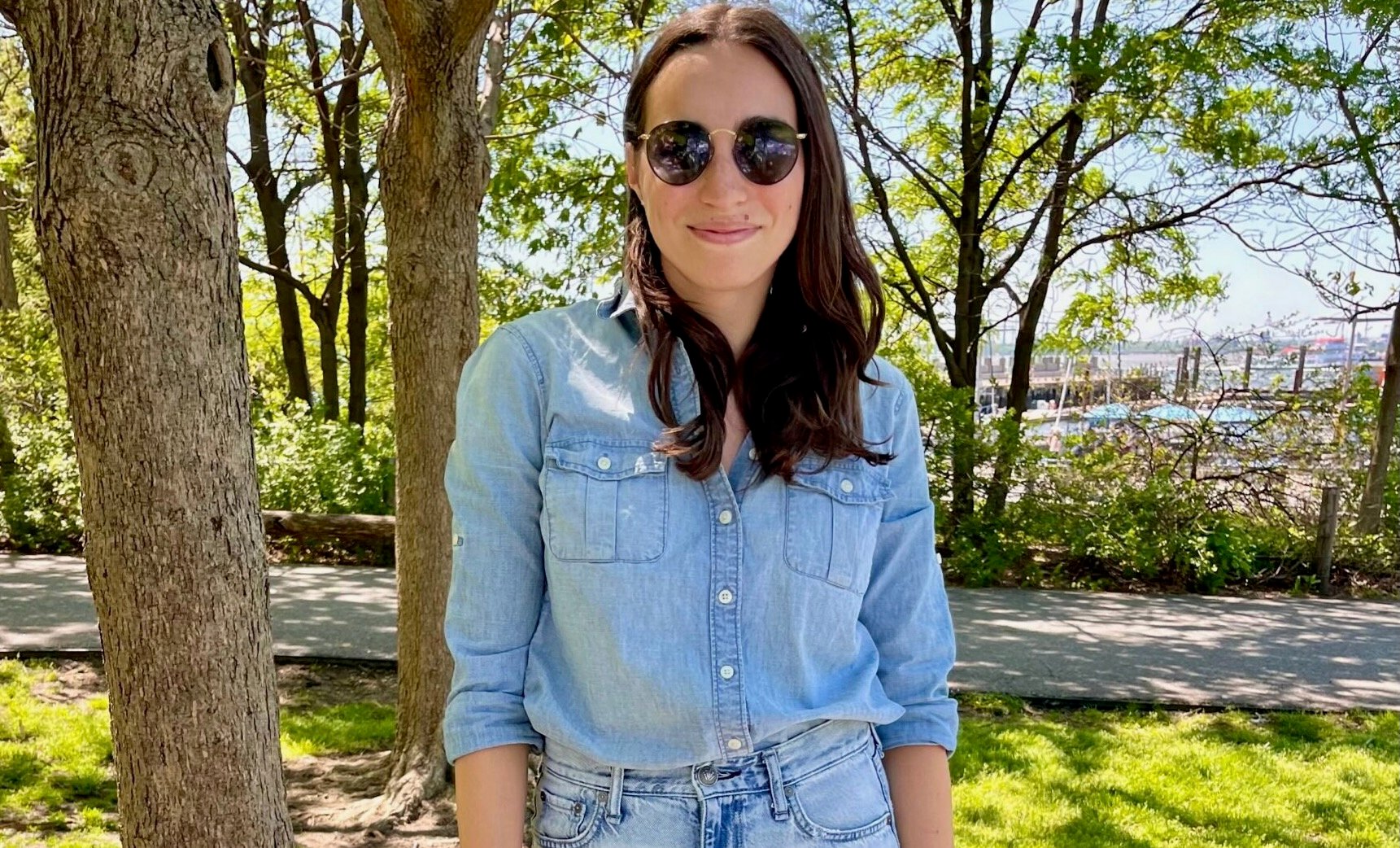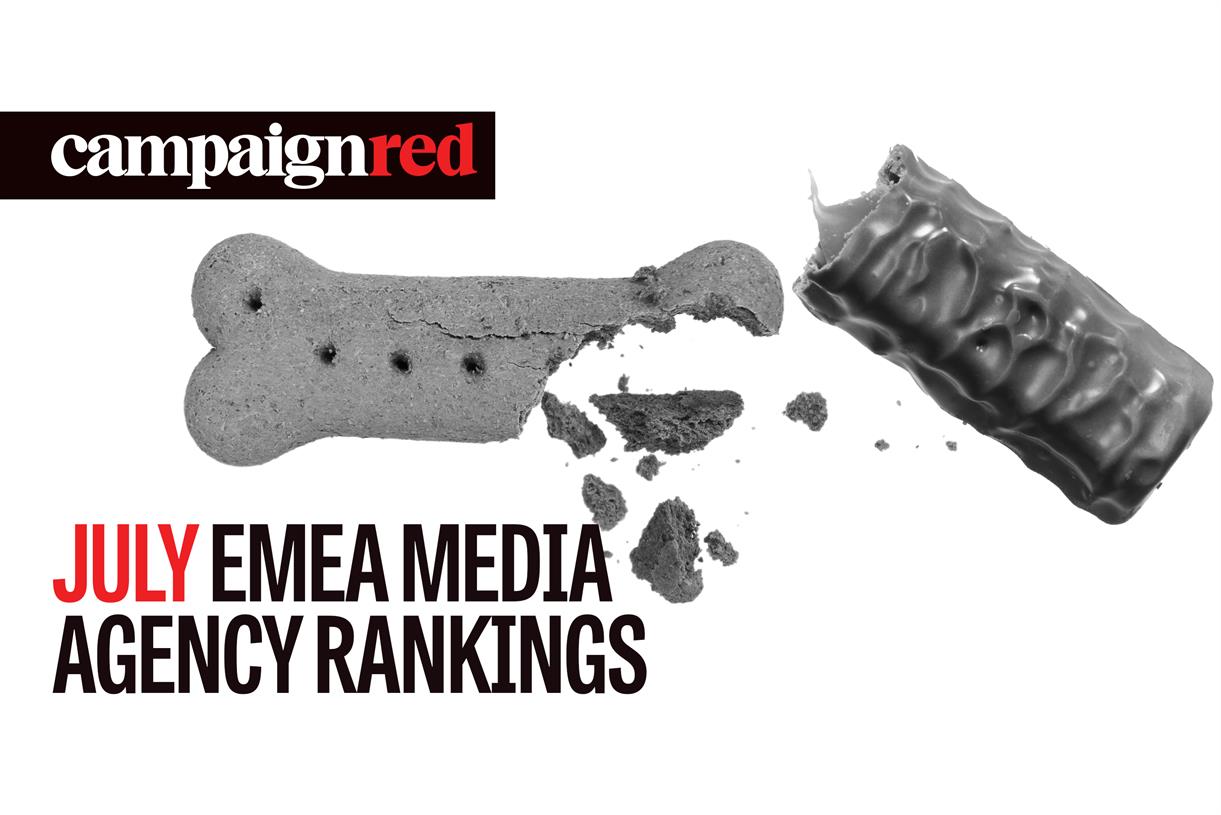Microblading & Microshading Will Both Give You Fuller Brows — Which Is Better?
Get ready for fuller brows that last.
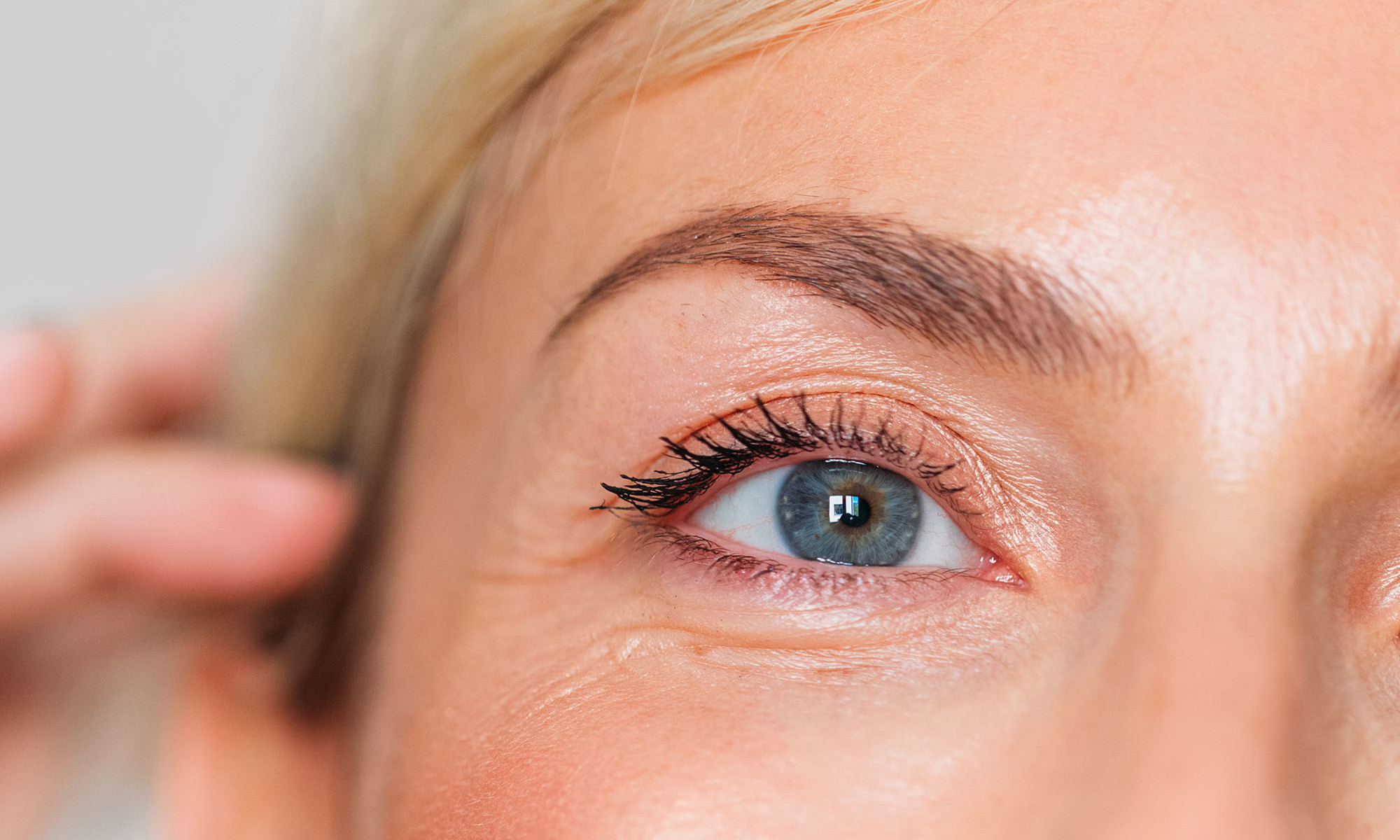

mbg Assistant Beauty Editor
mbg Assistant Beauty Editor
Hannah Frye is the Assistant Beauty Editor at mindbodygreen. She has a B.S. in journalism and a minor in women’s, gender, and queer studies from California Polytechnic State University, San Luis Obispo. Hannah has written across lifestyle sections including health, wellness, sustainability, personal development, and more.
Image by Studio Firma / Stocksy November 28, 2022 Our editors have independently chosen the products listed on this page. If you purchase something mentioned in this article, we may If you look back on photos from 10 years ago, you probably filled in your brows a bit differently than you do now, thanks to the ever-changing brow trends (and maybe your evolving makeup skills as well). But if you’ve truly found your go-to look and you go through the process of making them look fuller day in and day out, you may be craving something more permanent. Luckily, there are treatments out there that can do just that. Microblading and microshading are two ways to make your brows look fuller for the long haul, but which one should you choose? Here's the 101, from brow experts.
Advertisement
This ad is displayed using third party content and we do not control its accessibility features.
What is microblading?
First up, we have microblading—here to give you the rundown is legendary brow expert Joey Healy. Microblading involves, “Small, hair-like strokes, but very fine tattooed lines that can be masqueraded as brow hair,” he explains.
“Most people use an electric tool that is handheld and has a small needle it’s used to make very small cuts,” he explains. On occasion, manual tools can be used, but most often electric tools are preferred.
Microblading is a common practice used for anyone who wants fuller brows—whether someone lost their brows after chemotherapy, overworked them over the years (hint: post-'90s brow era), or wants a baseline to make the fill-in process a bit more straightforward.
The finished look is, simply put, a filled-in brow–just as you may have done yourself. The benefits? “It’s a quick solution to waking up and not filling in your brows,” Healy says.
Different approaches will deliver different finished looks, one of which is micro feathering—where a manual tool is used. “This is more of a marketing term,” Healy says, “It's essentially microblading with a lighter touch,” he continues.
Some techniques like the Nano Brow by New York City-based brow expert Karolina Bula produce a look that resembles a natural full brow.
Or, you can get a base outline of the brow to make your fill-in process easier. “This is where I think it succeeds it’s best,” Healy says. Sometimes a bit of powder on top can create a more natural look.
Microblading will last anywhere from ten months to three years depending on the treatment, the pigment used, skin type, and aftercare.
Advertisement
This ad is displayed using third party content and we do not control its accessibility features.
Cost.
Microblading can cost anywhere from $500 to $2000, depending on where you go, the look you’re going for, and where you’re located. While the price is steep—so is that of brow products. And if you dread doing your brows day in and day out, it may be worth it.
This treatment should be done by a licensed esthetician or brow expert with appropriate training. The regulations for this procedure vary depending on where you are, so do your research, look at reviews, and consider having an initial consultation with an expert or two to ensure their work aligns with your goals.
How many sessions?
Most often microblading is done in two sessions spaced about 8 weeks apart—though on occasion on a third session is needed. "A first pass will generally include the entire brow design, but you may lose a few strokes during the initial healing process,” brow expert Michele Holmes tells mbg
“A second pass is great for adding more fill and strengthening pigment for long-lasting results,” she continues. So if your brows don’t look how you want them after the first session, don’t fret—the second round will top them off.
Advertisement
This ad is displayed using third party content and we do not control its accessibility features.
Pros of microblading.
Cons of micoroblading.
Advertisement
This ad is displayed using third party content and we do not control its accessibility features.
What is microshading?
Microshading is often referred to as ombre brows or powder brows. “You’re using little dots that, depending on how close together and concentrated they are, influence the depth of color that is perceived,” Healy explains.
This will make your brow look like powder has been placed overtop since you’re not seeing the fine lines that come with microblading. Some people prefer this softer look to one that is consistent with hair-like strokes—so it’s all about personal preference.
Microshading typically lasts longer than microblading—about one to three years depending on aftercare and the person’s skin type. Again, those with oily skin may need to get touch-ups a bit more frequently.
Depending on your goals and the pro’s practice it may take up to two sessions, but generally not more than that.
Finally, microshading tends to be less painful than microblading, Healy notes. This is because the pigment is delivered in dots, not strokes.
Advertisement
This ad is displayed using third party content and we do not control its accessibility features.
Cost.
Microshading generally costs anywhere between $300 and $1000 depending on the look you’re going for, who you see, and where you’re located—as prices in larger cities tend to be a bit steeper on average.
How many sessions?
Microshading is generally done in two sessions, though that may vary as well.
Pros of microshading.
Cons of microshading.
Which one should you choose?
So now you know the basics, but which one is best for you? Well, take a look at your brows on their best day—AKA when your brow makeup is on point.
If you filled in your brows with a pen or brow pencil to create hair-like strokes and didn’t use any sort of powder or soft pencil, then microblading may be for you. Also, if you’re working to fill in large gaps of hair or create a fully new brow from the start, then this method may be best-fit.
What’s more, if you still want to fill in your brows a bit each day to suit your fancy, then microblading can create a base structure and outline for you to play around with.
If you tend to use a soft powder to fill in your brows with a powder or soft pencil, then microshading will mimic that look. If you have oily or sensitive skin, then this one is better fit for you as well.
Plus, if you’re looking to completely abandon doing your brows after this, then microshading is the way to go. In the same vein, microshading tends to last longer, which means less frequent touch-ups.
And if you’re not sure how you want your brows to look in general, consult a brow specialist before committing to one or another. You can also play around with different brow products at home and see what checks the box.
Can you do both?
If you picked out a few pros and cons from each method and find yourself stuck, we have good news—you can do both. Microblading can provide structure and those sought-after hair-like strokes, while microshading can come in to fill the rest and soften up the look.
Your brow expert will help you map out which areas can benefit from each method and show you a few different options before you commit to one. Remember—your brow specialist wants you to love your look just as much as you do, so be honest with yourself and your expert about what you’re looking for and what you’re trying to avoid.
How to prepare.
As we mentioned earlier, finding a pro you trust is essential. “These techniques are still relatively new and sadly under-regulated in this country,” Holmes says.
So don’t skip this step—do you research, ask around, look up photos on Instagram or online, and have a consultation before committing. While this may seem like a pesky list of to-do’s, it’s worth it to feel confident in your brows and make it worth your money.
Before you go in for your microblading or microshading appointment, there are a few things to note—which your pro will tell you. Here are the basics:
Aftercare.
To get the best result, you have to be diligent about your aftercare. You’ll want to tend to the skin very carefully to foster a hygienic environment. Your skin may take anywhere from a month to six weeks to heal–so be patient. Here’s what you should know:
Depending on the tools used, your healing time and aftercare may vary slightly. Collect a list of questions before and during your appointment to ask your expert, and reach out to them if you feel unsure about a topical product or activity post-appointment.
Should anyone avoid microblading or microshading?
Microblading and microshading is not for everyone. Because you area creating injury to the skin, those with inflammatory skin conditions like acne, eczema, psorasis, etc. If you’re unsure if these treatments are safe for your skin, consult your dermatoligist beforehand.
If your skin is currently more sensitive due to medication like isotretinoin or you’re actively receiving chemotherapy, it’s best to avoid these treatments and consult a medical professional to find out if and when you may be able to go forward with it.
Side effects.
As your expert will tell you, the look of your brows the day of treatment is not the final result. They will appear more pigmented and bold the first week or two, so don’t stress too much if that’s the case.
Although this is rare, some people may have sensitivity to the dye used in some microblading and microshading treatments, so ask your expert what’s best for you and consider doing a patch test first.
Is it good for your brows?
If you’re currently in love with your brows, then you may want to proceed with caution. “Sometimes it can be damaging to your existing brows,” Healy notes. So rather than opt for microblading or microshading, work with a brow specialist to learn more about shaping your brows with tweezing and how to fill them in to really make them pop, and pick up a brow serum to increase fullness.
That being said, your brows are on your face and directly contribute to your physical appearance and thus, can impact your self-esteem. If your brows make you feel insecure and these treatments may help—go for it.
“For some people, microblading and shading can be a truly life-altering gift,” Holmes says. “I have some clients with alopecia who have greatly benefited from these treatments because they simply can’t grow brow hair,” she continues.
So to sum up, microblading and microshading might not be ideal for your brows—but that’s okay. If this treatment will make you feel more confident and contribute to your overall happiness, then more power to you.
On that note, if you are struggling with your mental health, coupling this treatment with therapy can be a great way to work on self-esteem from the inside and the outside.
Frequently Asked Questions
Does microblading or microshading last longer?
Microshading tends to last longer than microblading, especially for those with oily skin types.
How long does microblading last?
Microblading can last anywhere from 10 months to three years depending on the pigment used, your skin type, and aftercare.
How long does microshading last?
Microshading can last anywhere from one to three years depending on the pigment used, your skin type, and aftercare.
Can you get microshading after microblading?
You can get both microshading and microblading either in one session or spaced out. Ask your brow expert which option is best for you.
Does microshading or microblading look more natural?
Microblading creates hair-like strokes while microshading mimics brow powder. The looks vary and which one is more natural depends on how it is performed and your personal preference.
The takeaway.
Whether you want to overhaul your brows completely or streamline your brow makeup routine, microblading and microshading may be for you. Microblading will create hair-like strokes while microblading will resemble a soft, powder-look. Which one is best for you is all up to personal preference and yes, you can do both. If you’re ready to start exploring the world of brows or you want to get an idea of what you want, this guide to brow shapes is a perfect starting point.

 ValVades
ValVades 